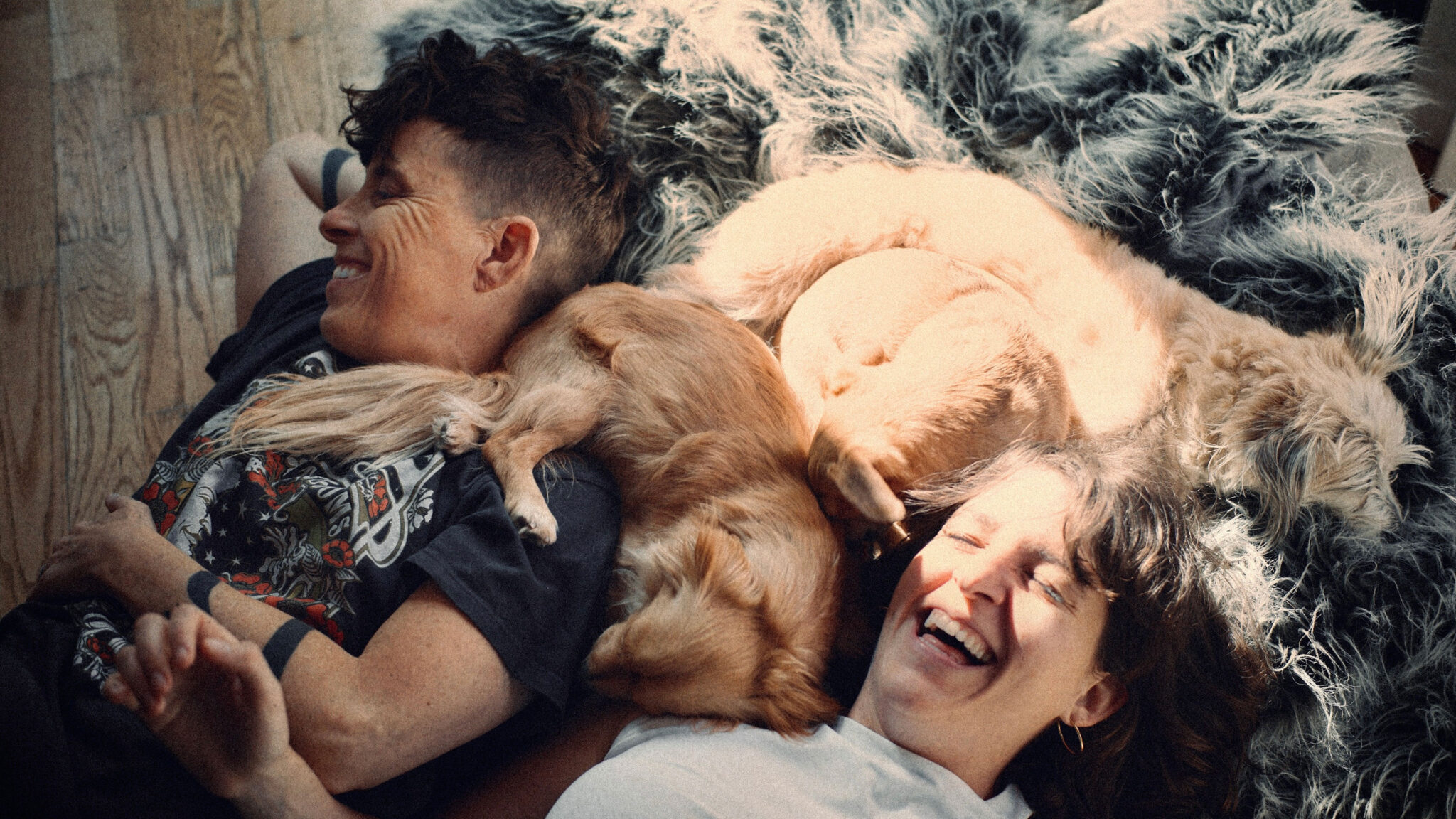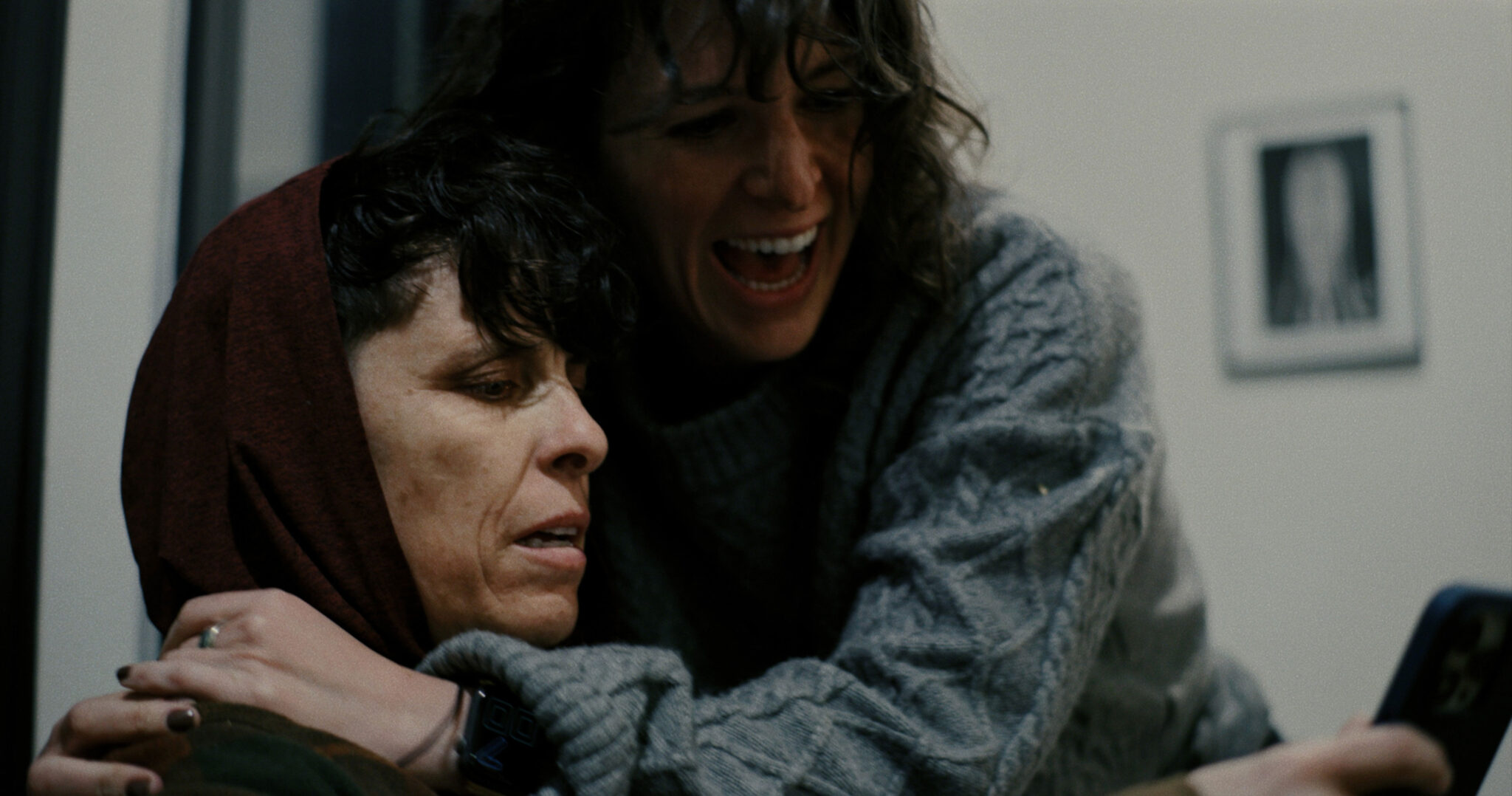In a documentary landscape dominated by celebrity tell-alls and true-crime sensations, a quiet film about poetry, love and terminal illness doesn’t typically rise to the top of anyone’s must-fund list. But Come and See Me in the Good Light is not typical, largely because comedian Tig Notaro refused to let it be.
The deeply emotional and unexpectedly life-affirming documentary follows poet Andrea Gibson and their partner, Megan Falley, through art, illness and the intimacy of a love story that would change everyone around them. While the film is now receiving acclaim on the festival circuit, its existence was far from guaranteed. According to Notaro and the filmmaking team, the project was held together by sheer willpower, an unshakeable belief in Gibson’s story and a remarkable community of friends Notaro personally rallied.

The idea first sparked during conversations between Notaro and producer Steph Willing, who had been working behind the scenes to help Gibson develop and release their podcast. Willing suggested that Gibson’s life, between their cancer diagnosis, romance with Falley and a career that touched countless queer and creative communities, would make a powerful documentary.

“It hit me like a ton of bricks,” Notaro said. “Andrea and Meg’s relationship, everything Andrea was going through, the poetry of it all. Once I felt it, it happened immediately.”
Notaro, by nature of both personality and passion, doesn’t operate slowly. The moment the idea crystallized, she began calling every documentary filmmaker she admired. One of those calls reached director Ryan White and producing partner Jessica Hargrave. Within days, White and Hargrave said they were “all in” and ready to fly out the following week.
But there was an immediate hurdle: no studio, streamer or network was going to greenlight a documentary about “poetry and cancer,” White said.
“In this market, if you’re not making true crime or a massive celebrity doc, everything is hard to get funded,” he explained. “And we were pitching something that, on paper, sounded like the opposite of commercial.”

White felt strongly that the film should be produced independently to preserve its heart, its quietness and its creative freedom. That decision meant years of raising money from private supporters, a daunting task for any filmmaker, and one that made Notaro’s role even more crucial.
“Thank God we had Tig organizing this,” White said. “She went to her network – Glennon Doyle and Abby Wambach were some of the first to say, ‘Go out there and start shooting. Don’t miss anything.’”

From there, the “family,” as the filmmakers called it, widened step by step. Notaro would run into friends on the street, like Kevin Nealon and Susan Yael, and discover unexpected connections. “Susan was a massive Andrea Gibson fan,” Notaro recalled. “So I’d call Ryan and say, ‘I think there are two more people to invite into the family.’”
Notaro joked about the awkwardness of repeatedly asking friends for significant financial contributions.
“It’s stressful,” she said. “You believe in the film, but it’s a real crapshoot when you’re making an indie doc about a poet and cancer. It’s not sparkly. But yet…it is.”

Falley, who stars in the documentary alongside Gibson, said watching the finished film for the first time was surreal. Neither she nor Gibson had any idea how the narrative would be shaped.
“We didn’t know if it would focus on Andrea’s career, their cancer journey or even basketball,” she said. “But what struck me most was how fully Andrea was captured—not just the depth and the wisdom everyone knows, but the hilarious, goofy, idiosyncratic Andrea I get at home.”
After seeing the film with an audience at Sundance, Falley said Gibson turned to her and said, “That is going to help so many people.” It was the highest affirmation Gibson could imagine for their art.
Now, with Gibson no longer earthside, the film carries an even deeper resonance.

As for what the team hopes audiences take away, Megan Falley offered a simple wish: connection.
“I hope people finish the film and feel the impulse to pick up the phone,” she said. “Maybe to someone they’ve lost, someone they love, someone they’ve drifted from. I want viewers to feel that life-is-short urgency to connect more deeply.”
She described the film as a candle passed from one person to the next, Gibson lighting her candle for Falley, Falley for the crew, the crew for audiences, and audiences for each other.
“Imagine the world being brighter because of that one little candlelight,” she said.
Come and See Me in the Good Light is now streaming on Apple TV.



